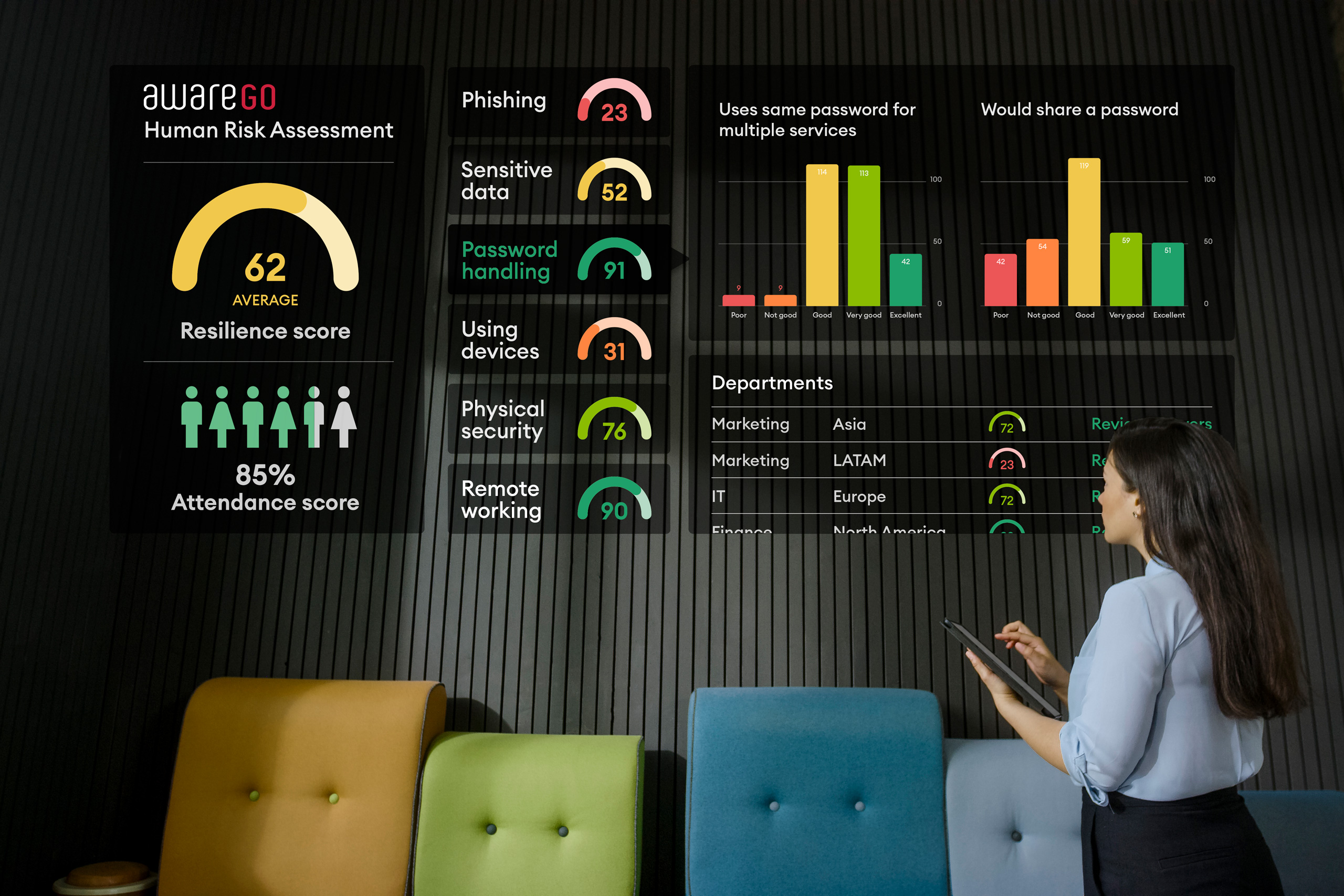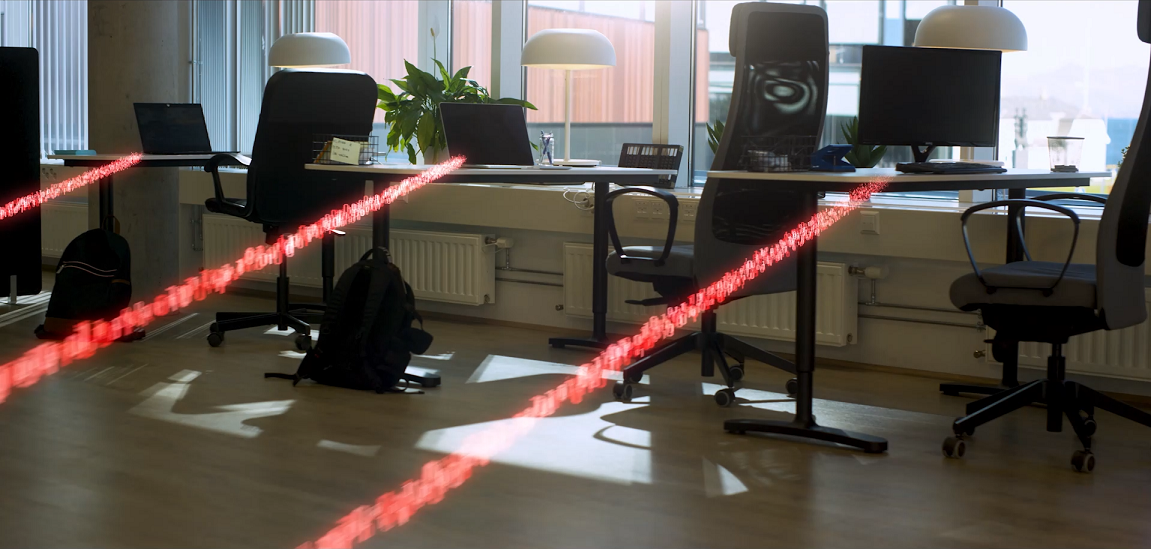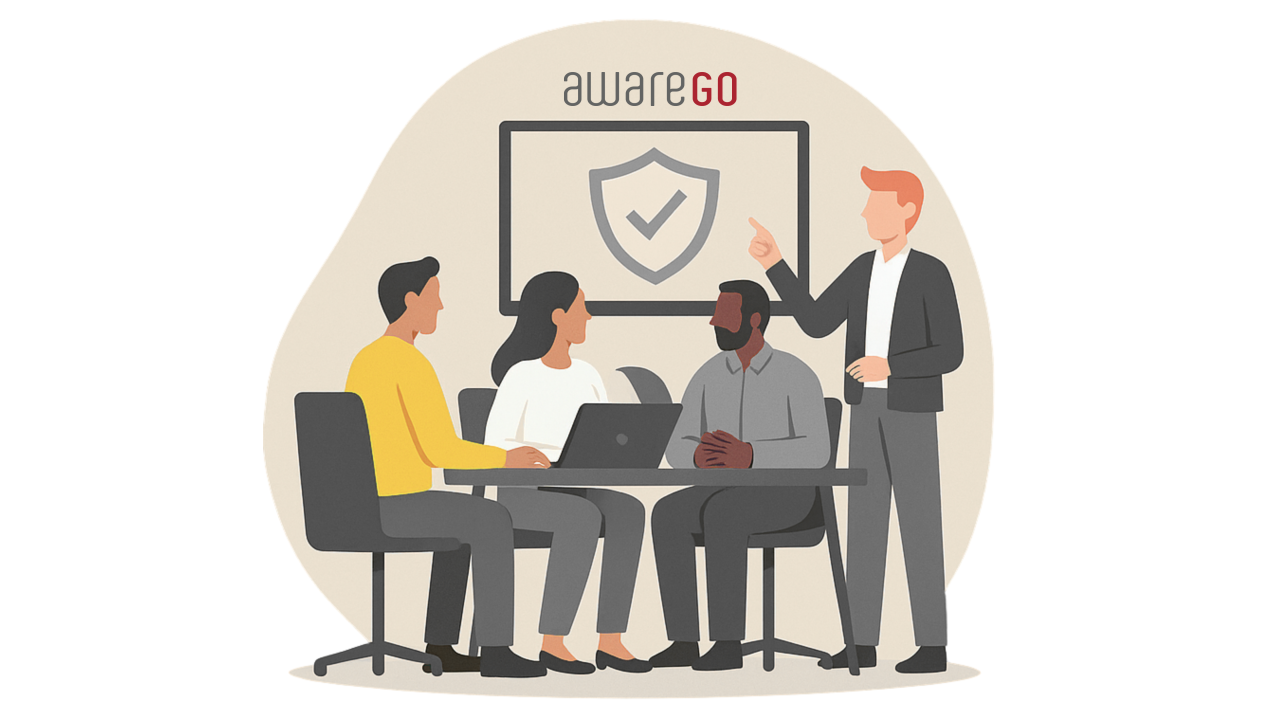Getting locked out of your house is annoying. But getting locked out of your computer system can have much more serious consequences. Intentionally locking you out of your computer system and requesting ransom is a recent favorite amongst cyber-criminals. This is otherwise known as a ransomware attack. It’s important to know what they are, how they spread and how to prevent ransomware attacks.
What is a Ransomware Attack?
The first thing you need to know is: What is ransomware? A ransomware is a type of malware that encrypts and/or locks down data on either a single computer or a whole network. A ransomware attack is essentially a digital extortion where a computer system is taken hostage. Users are locked out of their systems with demands that to gain access and control over their systems again, they need to pay a ransom. Another method is to threaten to leak sensitive information gathered in the attack. This will not only have dire consequences for the business but also the individuals the information pertains to.
Ransomware attacks have been on the rise recently and ransomware-gangs have been targeting a range of businesses and other operations. Various ransomware-gangs target critical infrastructure, hospitals, insurance companies, governments, telecommunications. They demand large sums, often in bitcoin, to return access to these operations again.

How Do Ransomware Attacks Affect Us?
In 2017, hospitals had to turn away patients because of the WannaCry ransomware attack which affected over 200,000 devices worldwide. The cost of ransomware attacks is not only loss of data or control over a system. They can also put people’s lives in danger. The cost of the WannaCry ransomware attack is estimated to be hundreds of millions of dollars. This is why it is lucrative for organized cyber-criminals.
In the recent ransomware attack of The Colonial Pipeline, the largest refined oil pipeline in the United States had to pay $4.4 million in ransom to gain control of their services again. But the side effects of the ransomware impacted access to fuel and increased fuel prices.
In other recent news, one of the largest US insurance companies, CNA Financial, reportedly paid $40 million to a ransomware group. This is considered to be the largest ransom ever paid. It goes without saying that the cost of preventing a ransomware attack is nowhere near these amounts.
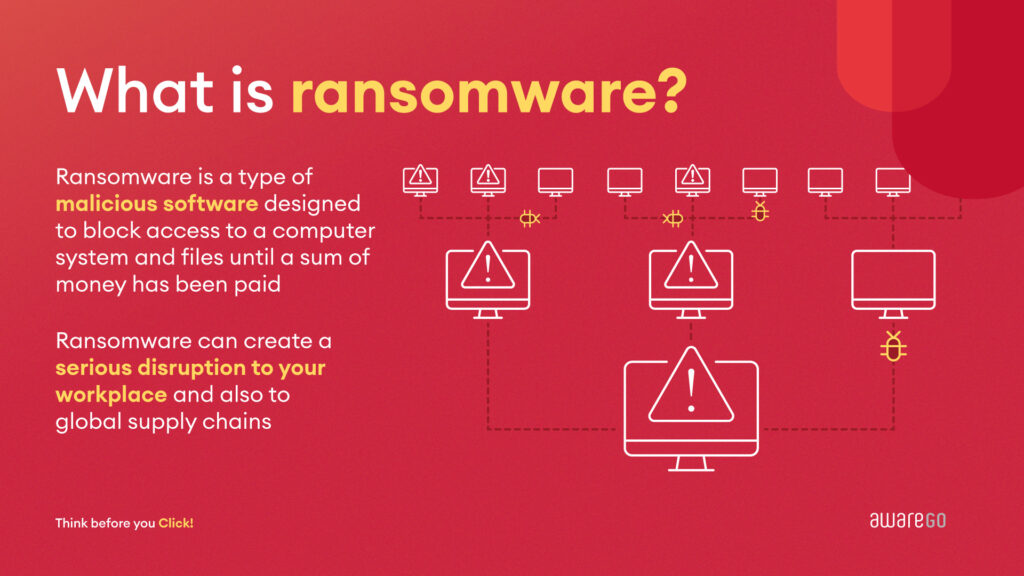
How Do Ransomware Attacks Happen?
No matter if you run a bank, a telecom, a hospital, or a utility company … If you’re part of the big government or the local city council … Chances are you’ll become a target for cybercriminals. It can be as simple as clicking on a link in an email or a website pop-up. A mistake like that could activate a download and install of malware onto your computer without your knowledge or permission.
The malware then takes over your computer system by encrypting the drives. It then notifies the user that to gain access to the system again they’ll need to transfer large sums of money. If the computer is part of a larger computer network, it can spread and infect other computers on the network. This is how ransomware can take over computer systems that run critical infrastructure.
Alternatively, hackers use known security vulnerabilities to proactively hack into the IT-infrastructure and do a hostile takeover. Ransomware hackers attacked a German hospital in September 2020 resulting in the death of a patient. The hackers utilized a known security vulnerability that had not been properly attended to. Ransomware attacks can thus be a matter of life and death.
How Do You Prevent Ransomware Attacks?
The general advice is not to pay the ransom. There is no guarantee that you‘ll gain control of your systems again if you do. Europol has launched public-private cooperation, No More Ransom, to try to gain control of computer systems affected by the ransomware without paying. But that’s not always an option.
The best way to guard yourself and your operations and prevent ransomware attacks is prevention-prevention-prevention.
- Keep your software up to date
- Make sure not to fall for phishing attempts
- Don’t download software from websites
- Keep back-ups of your data
- Keep safe password habits
… and more. The real challenge is to keep everyone on board with best practices against ransomware.
It only takes one computer – one user not to update their software when a new security update is released for the whole computer system – the whole business – to become vulnerable.
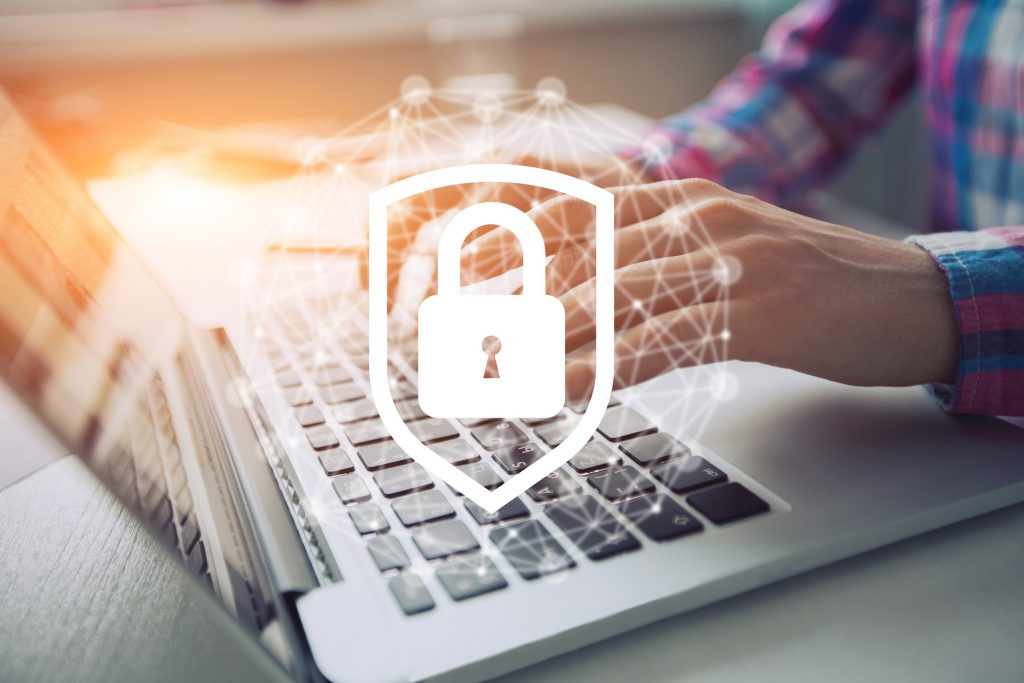
Security awareness training is the solution here. Continuous education and awareness-raising for employees or officials on all levels is essential to prevent ransomware attacks. Make sure that everyone is on board, have knowledge and understanding of the risks and can take an active part in keeping the operation safe.
A Training Program to Prevent Ransomware Attacks
To help do exactly that AwareGO has curated a tailor-made ransomware training program that fits into a busy schedule. This is a 7-minute crash course in ransomware prevention, available in 12 different languages. Our ready made ransomware training program addresses key best practices and security awareness education for workplaces of all sizes. There are six subjects:
- PopUps
- Malicious attachments
- Software Installs
- Ransomware
- Ransomware Attack
- Microsoft Office Risk
We recommend talking to employees about any recent ransomware news and sending this entire program out at once. People are much more receptive to the training if they understand the danger and consequences of ransomware attacks.
Sign up for our free trial to see how AwareGO’s complete solution can help your organization become more cybersecure by training and assessing your employees with engaging and empowering content.


